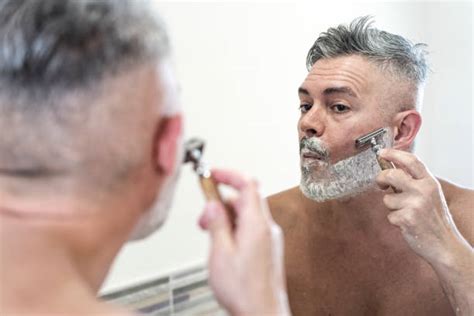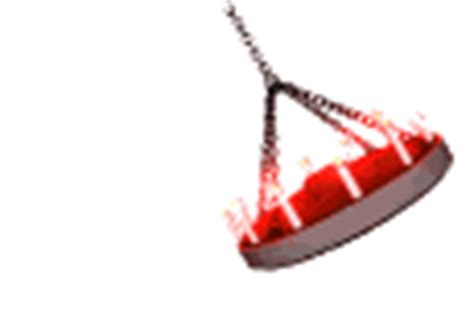How to minimize ingrown hairs from daily shaving for a consistently sharp, professional look?
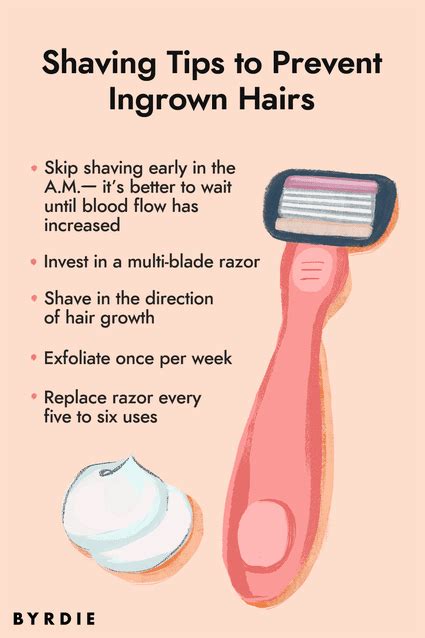
Daily shaving is a cornerstone of many professional grooming routines, yet it often comes with a persistent and unwelcome guest: ingrown hairs. These irritating bumps can not only detract from a clean, sharp appearance but also cause discomfort and even infection. For those committed to maintaining a consistently polished look, understanding how to prevent ingrown hairs is paramount. This guide will walk you through the essential steps and techniques to achieve a smooth, irritation-free shave every day.
Understanding Ingrown Hairs: The Root of the Problem
An ingrown hair occurs when a hair, instead of growing out and away from the skin, curls back on itself and grows into the skin. This often happens after shaving, as the newly cut hair has a sharp edge that can more easily penetrate the skin surface, or when dead skin cells clog the follicle opening, forcing the hair to grow inwards. They typically manifest as small, red, itchy bumps, sometimes with a visible hair trapped underneath.
Pre-Shave Preparation: The Foundation of a Flawless Shave
The secret to minimizing ingrown hairs begins long before the razor touches your skin. Proper preparation is crucial for softening the hair and making it easier to cut, as well as clearing the path for its subsequent growth.
- Exfoliate Gently: A day before or right before shaving, gently exfoliate your skin. This helps remove dead skin cells that can trap hairs and lift existing hairs, making them more accessible to the blade. Use a mild scrub or an exfoliating brush.
- Warm Up Your Skin: Take a warm shower or apply a warm, damp towel to your face for a few minutes. Heat and steam soften your hair follicles and open up pores, allowing for a closer, more comfortable shave with less tugging.
- Apply a Quality Shave Cream or Gel: Don’t skimp on this step. A good quality shave cream or gel creates a protective barrier, lubricates the skin, and helps the razor glide smoothly, reducing friction and irritation. Look for formulas that are rich and hydrating.

Mastering Your Shaving Technique: The Art of the Smooth Cut
How you wield your razor has a significant impact on preventing ingrown hairs. Adopting a mindful and deliberate technique can make all the difference.
- Use a Sharp, Clean Blade: This is non-negotiable. Dull blades drag and pull at hairs, leading to irritation and an uneven cut that encourages ingrowns. Replace your blades frequently – after 5-7 uses for multi-blade cartridges, or more often for sensitive skin. Always rinse your blade thoroughly after each stroke.
- Shave with the Grain: For most people, shaving in the direction of hair growth is the golden rule for preventing ingrown hairs. While shaving against the grain offers a closer shave, it increases the likelihood of hairs curling back into the skin. If you need a closer shave, consider a second pass across the grain, but only after re-lathering and with extreme caution.
- Apply Light Pressure: Let the razor do the work. Pressing too hard can cause the blade to cut hair below the skin’s surface, increasing the risk of ingrowns. Use short, controlled strokes.
- Rinse Frequently: Clear your razor of hair and cream after every few strokes to maintain optimal performance and prevent tugging.

Post-Shave Care: Soothe, Protect, and Prevent
Your grooming routine doesn’t end when you put down the razor. Post-shave care is vital for calming the skin and discouraging ingrown hairs.
- Rinse with Cold Water: After shaving, splash your face with cold water to close pores and soothe the skin.
- Apply an Alcohol-Free Aftershave Balm or Moisturizer: Alcohol can dry out and irritate the skin. Opt for a soothing, hydrating balm or moisturizer containing ingredients like aloe vera, witch hazel, or salicylic acid (in gentle concentrations) to reduce inflammation and help keep pores clear.
- Avoid Tight Clothing: If you shave your neck, avoid wearing tight collars immediately after shaving, as friction can irritate freshly shaven skin and push hairs back inwards.
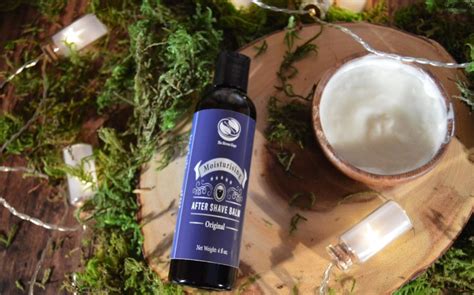
Choosing the Right Tools and Consistent Maintenance
The tools you use and how you care for them play a significant role in your ingrown hair battle.
- Consider Different Razor Types: While multi-blade razors offer closeness, they can sometimes cut hair too short and below the skin’s surface. For those prone to ingrowns, a single-blade safety razor or even a high-quality electric shaver (which often leaves a slightly longer stubble, reducing the chance of hairs curling back) might be a better option.
- Keep Tools Clean: Always rinse your razor thoroughly after use and store it in a dry place to prevent bacterial growth. Replace electric shaver foils/blades as recommended by the manufacturer.
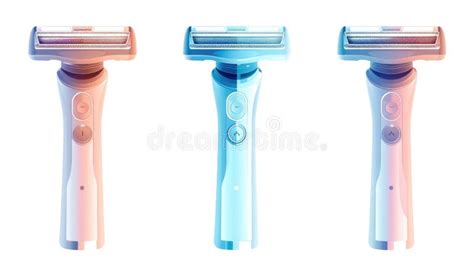
Conclusion: A Smooth Path to Professionalism
Minimizing ingrown hairs from daily shaving is an achievable goal with the right approach. By integrating thorough pre-shave preparation, refining your shaving technique, and committing to diligent post-shave care, you can significantly reduce the occurrence of these bothersome bumps. Consistency in these practices is key to maintaining a consistently sharp, comfortable, and professionally polished look, allowing your natural confidence to shine through.






